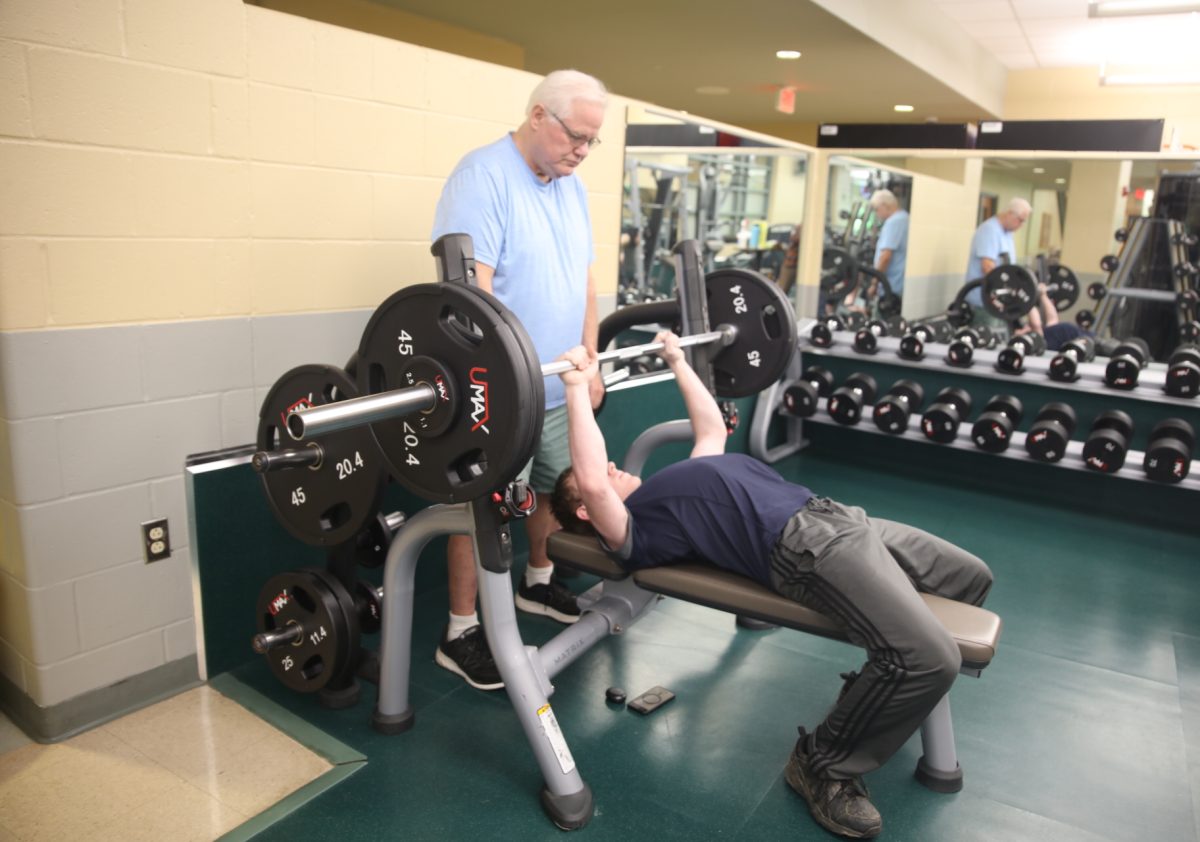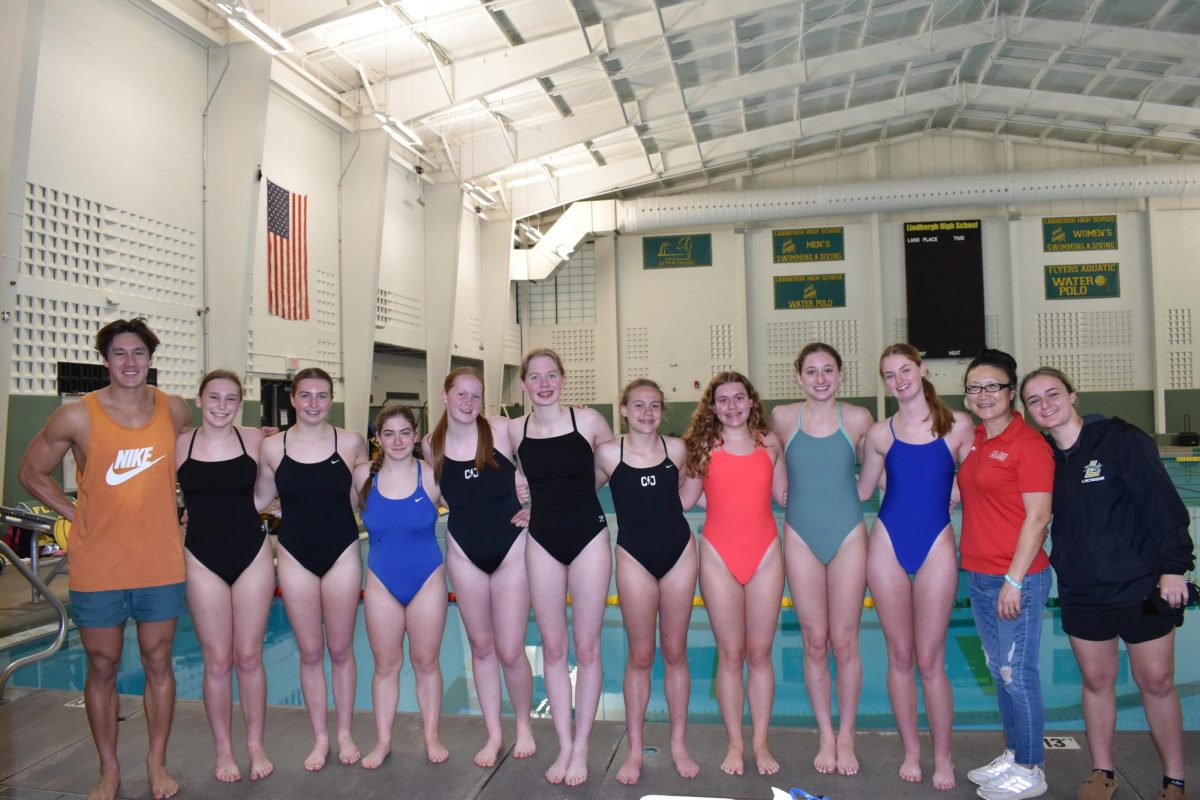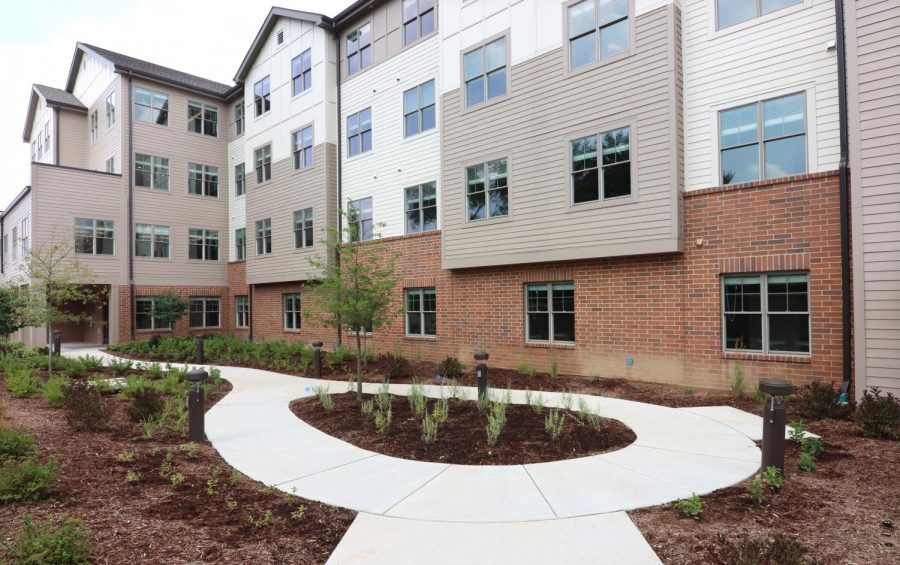The Mehlville Board of Education directed the administration last week to plan out the district’s facilities needs over the next five years, from preventative maintenance issues to large-scale capital improvements.
Board members said Saturday during their annual daylong retreat that they also want to resurrect an advisory committee on facilities as they look toward addressing deficient district infrastructure.
However, the board made no commitments to and only broadly discussed funding those improvements, including seeking community support through a bond issue or tax-rate increase.
Discussion differed considerably from that at last year’s retreat, when board members debated at length over how much of a tax-rate increase to put before voters to fund roughly $106 million in operating and capital proposals developed during a nearly three-year community engagement program.
The board eventually decided on an 88-cent tax-rate increase proposal — Proposition C — which more than 62 percent of voters rejected in the Nov. 2 election.
Officials concluded from a follow-up survey of the community that the district had asked for too much money at the wrong time.
Prop C would have funded nearly $98 million in recommended facilities improvements throughout the district, such as the construction of a new Margaret Buerkle Middle School north of Mehlville High School and major renovations at Bierbaum and Trautwein elementary schools and Oakville and Washington middle schools.
Those recommendations and others were crafted throughout two installments of the school district’s community engagement plan COMPASS — Charting the Oakville-Mehlville Path to Advance Successful Schools.
Superintendent Eric Knost and his staff will develop a timeline of facilities needs spanning one, three and five years from now. From there, Knost suggested the district “work in reverse” to determine which projects to pursue.
The board could give the administration a dollar amount “you’d be comfortable with, and we come back with what we’d do with it,” Knost said.
Unlike COMPASS, when particpants were asked to “roll up their sleeves” and identify improvements, the district now is cognizant of its needs, he said.
“We’ll take $2 million and give you a great plan for that $2 million,” Knost said. “We’ll take $22 million and give you a great plan with $22 million … The approach has to be a charge to me of X-amount of dollars and we’ll see what we can do with that.”
Knost said the message he’s getting from conversations with community members is: “‘I want to help the district, but I’m not giving you 88 cents.’ It’s not ‘Don’t ask me for anything.’
“We have the needs, but we need to be realists,” Knost said.
The district’s 2011-2012 capital budget is roughly $1.3 million, down about one-third from the 2010-2011 capital budget.
That money is mainly for unforeseen repairs as most capital projects have been deferred, officials have said.
Roughly 44 cents of the district’s blended property tax rate of roughly $3.50 per $100 of assessed valuation is devoted to the capital fund.
Knost told the board he is a “strong advocate of taking care of what you have.”
He said besides major renovations, the district needs to repair, replace or upgrade roofs, floors, ceilings, lockers, bleachers, asphalt, boilers and fire alarm and HVAC systems, among other things.
Board member Rich Franz said before the district seeks funding of any sort from the community, it must convince taxpayers it needs the money.
“The only way to sell it on the street is to tell people that we can’t find it anywhere else (in the budget),” Franz said.
Otherwise, he added, “bond issues and tax increases won’t work. That’s the reality.”
The superintendent said the district always is looking for ways to reduce costs, noting it implemented more than $4 million in reductions for 2011-2012.
However, officials have long maintained that Mehlville is reaching the point where major cuts will start affecting the classroom. Personnel costs, which comprise roughly 75 percent of the budget, is an area people reference when pushing for cutting expenses, Knost said.
“In general, a lot of people think you can run those class sizes up to the maximums … take those excess positions and throw them out the door,” the superintendent said. “I’ll never be a fan of that.”
Board member Mark Stoner said from the standpoint of public perception, the district should self-fund a capital project before going to voters.
“It comes down to: We need to do something for our facilities. We need to have a plan …,” Stoner said. “The question is the amount.”
In May 2007, the district commissioned Dickinson-Hussman Architects to assist with a long-range facilities master plan update of a 2000 master plan as part of the COMPASS process.
Dickinson-Hussman Architects assembled a Facilities Planning Team, which identified just less than $184.5 million in long-range needs at existing facilities throughout the district.
Board members agreed to reassemble the committee, possibly with both old and new members, once officials present the one-, three- and five-year plan.








